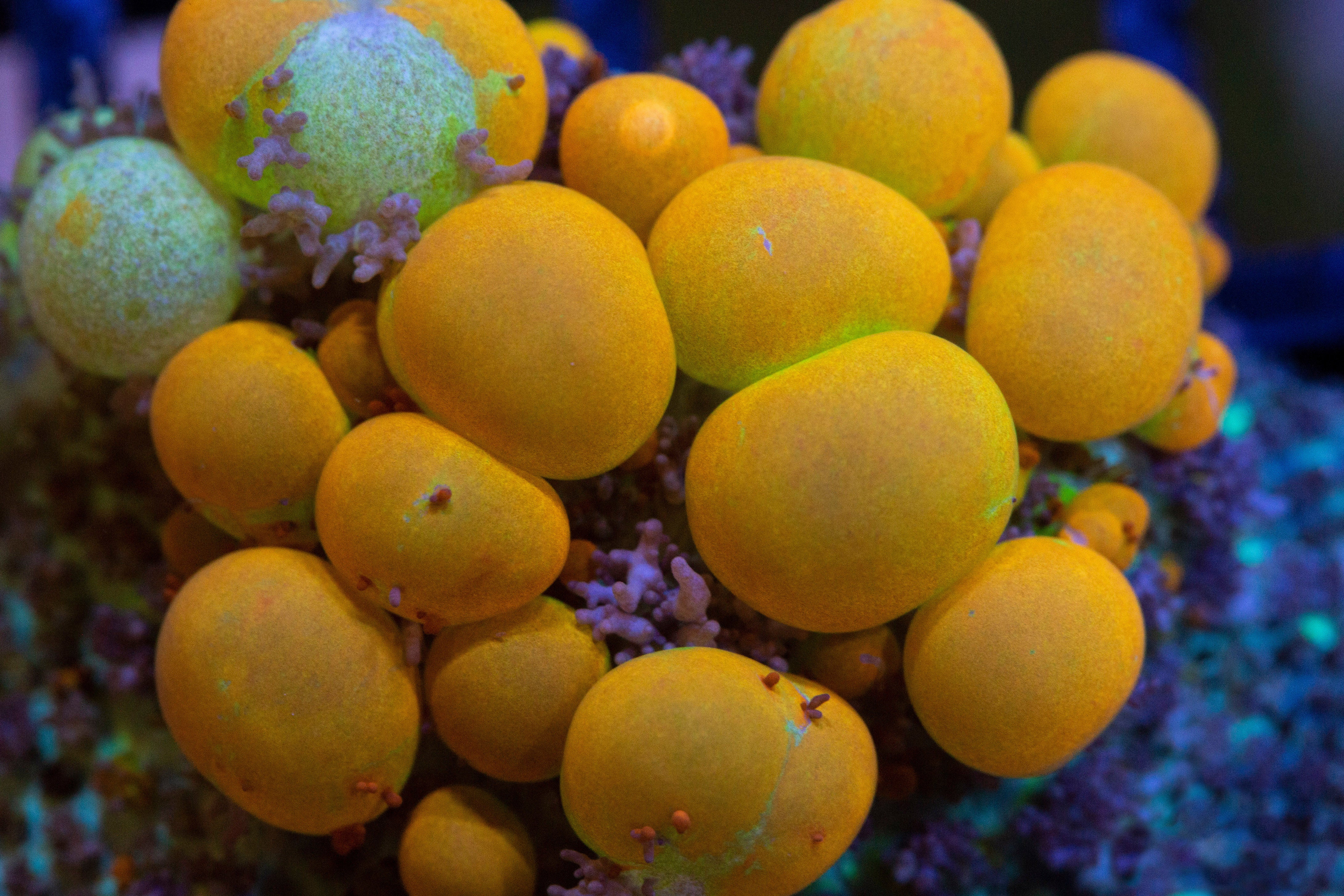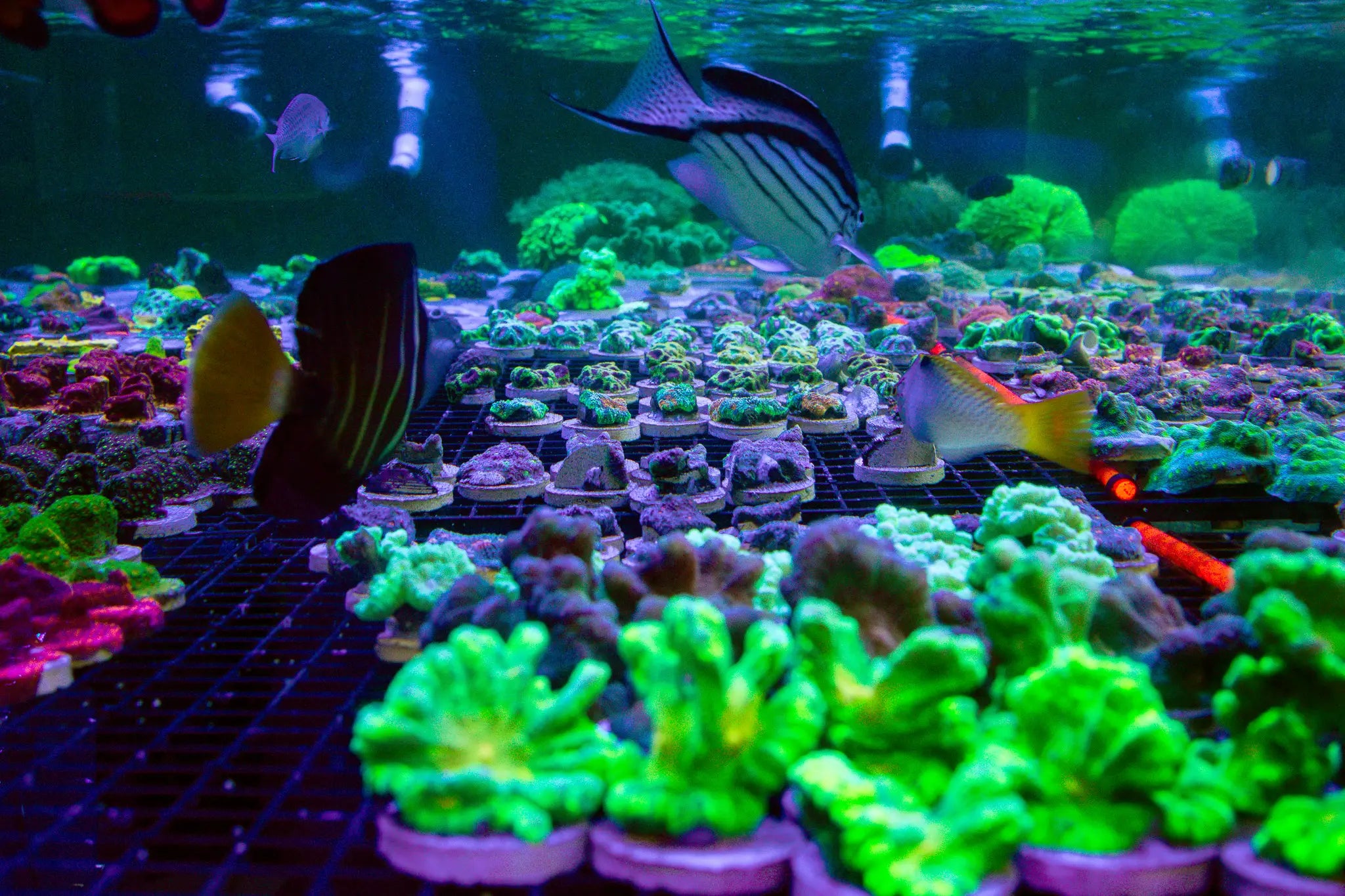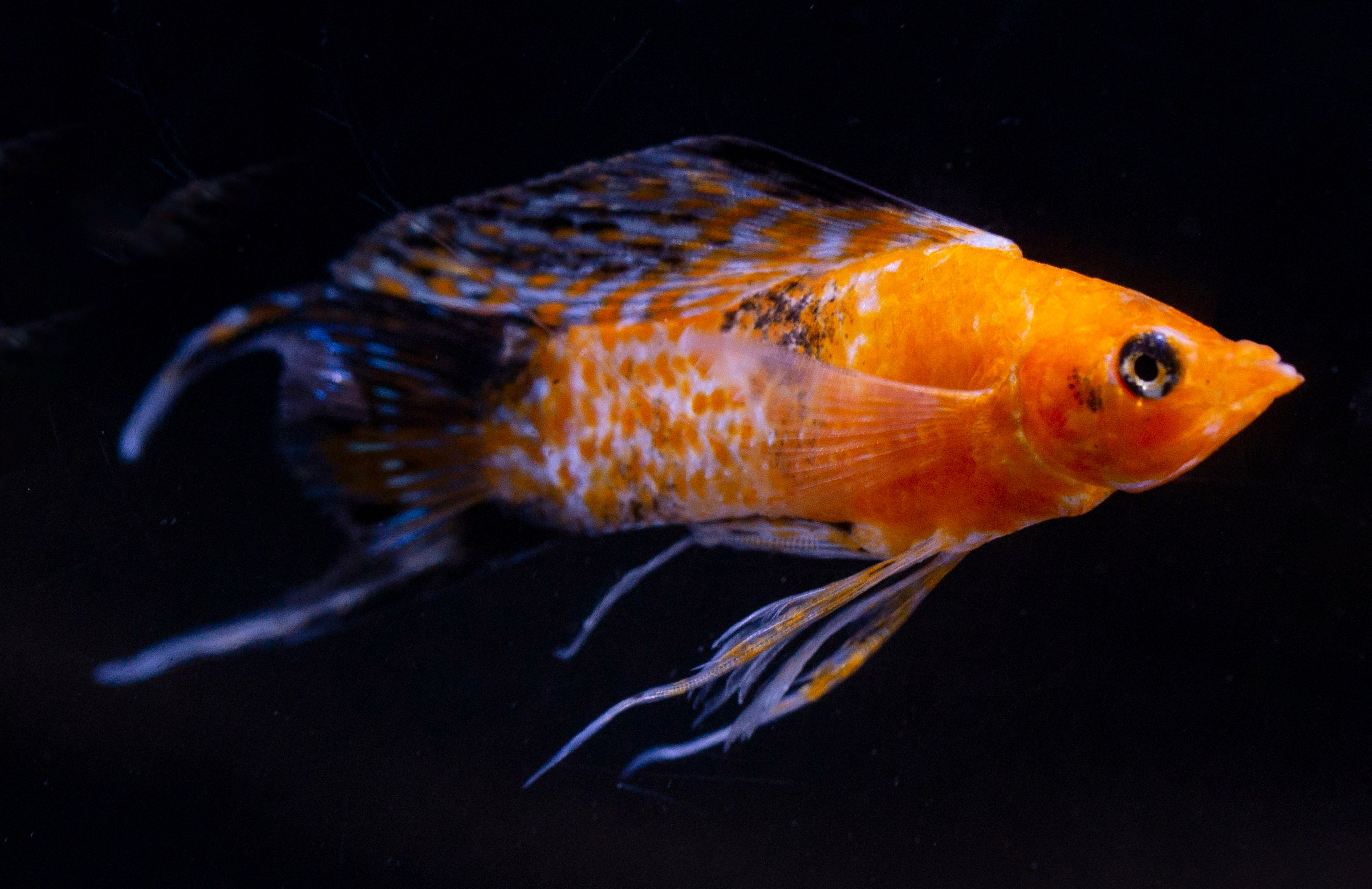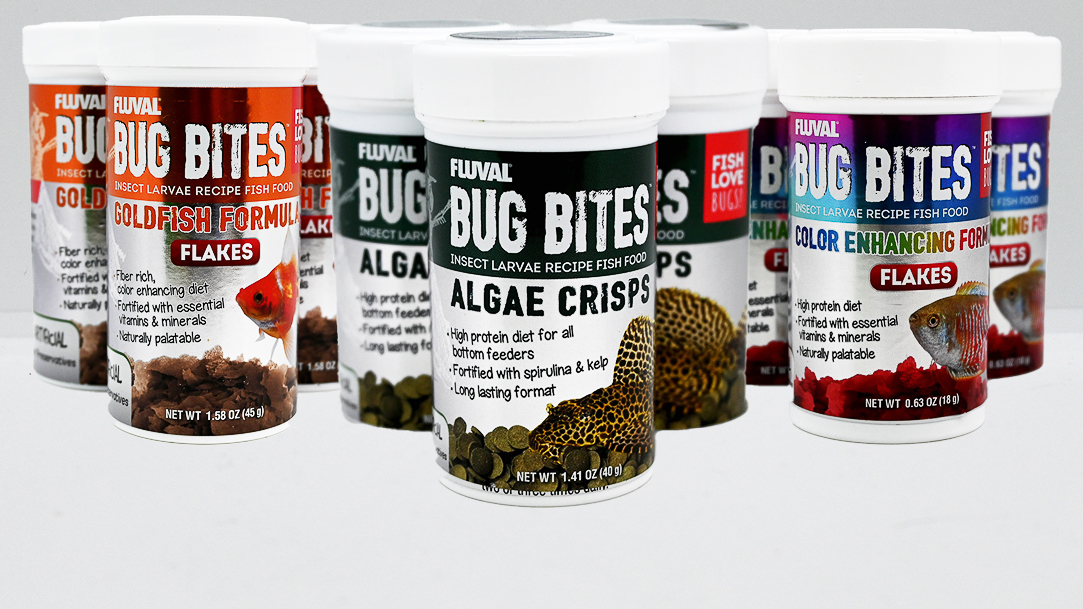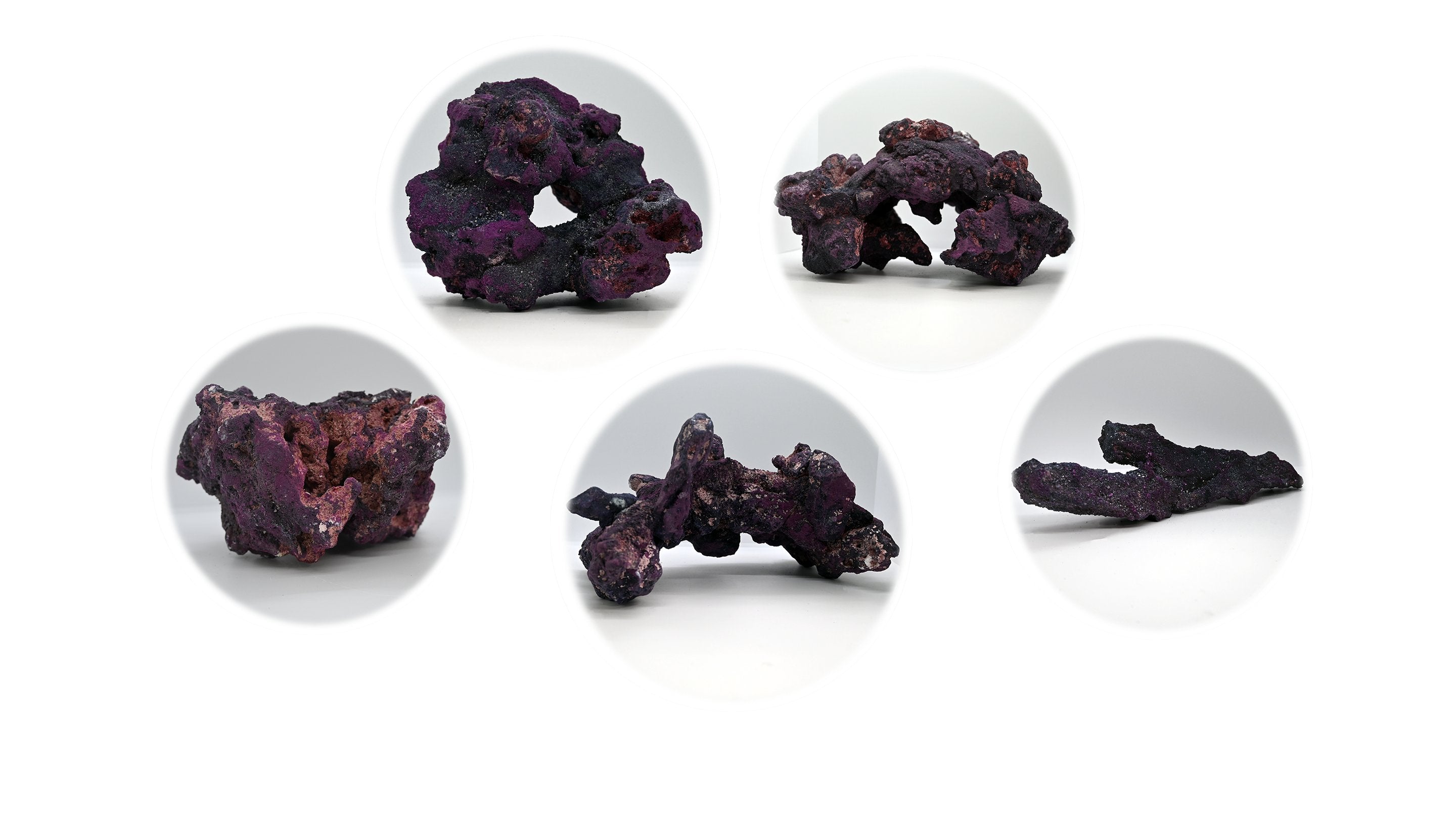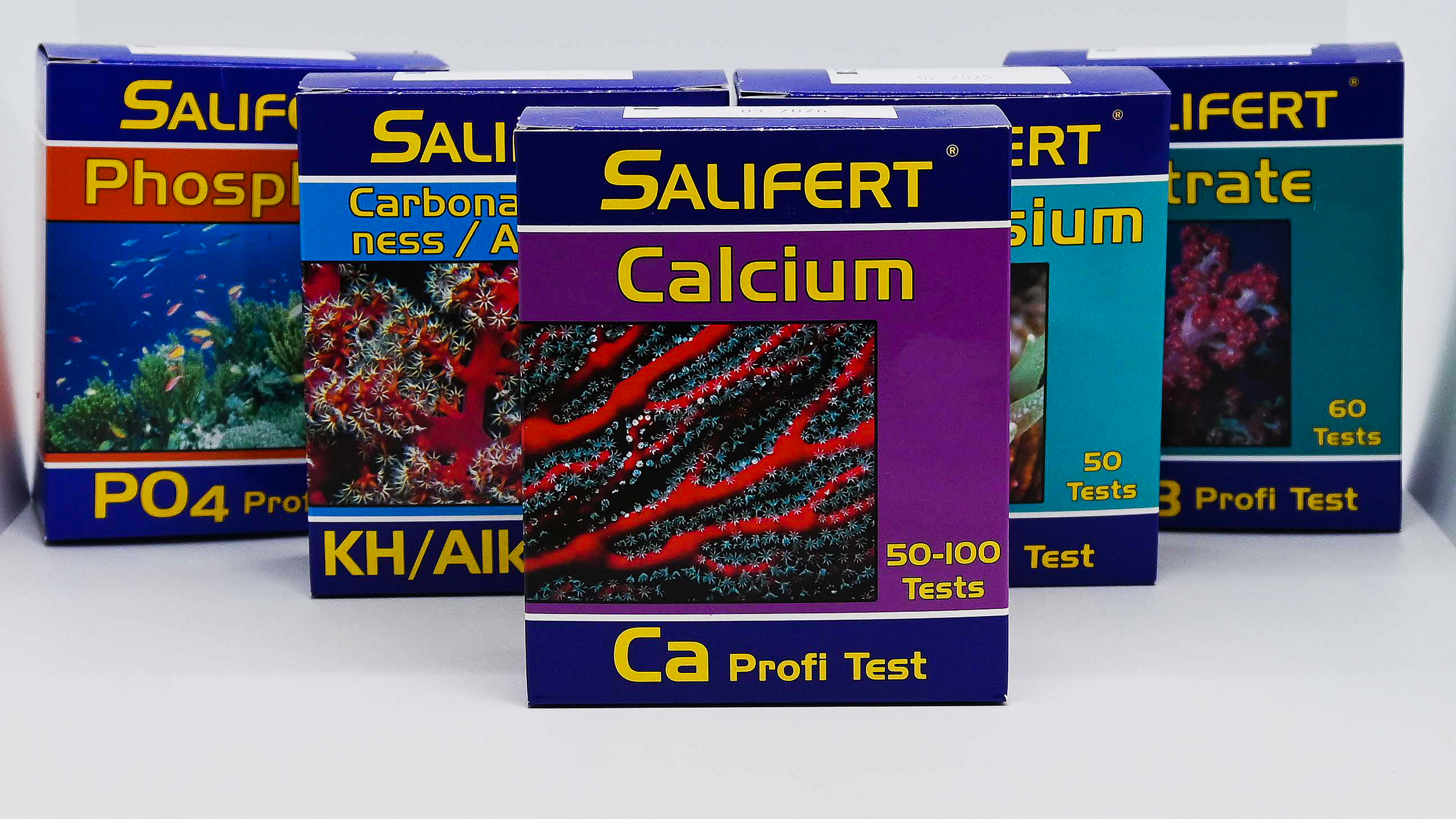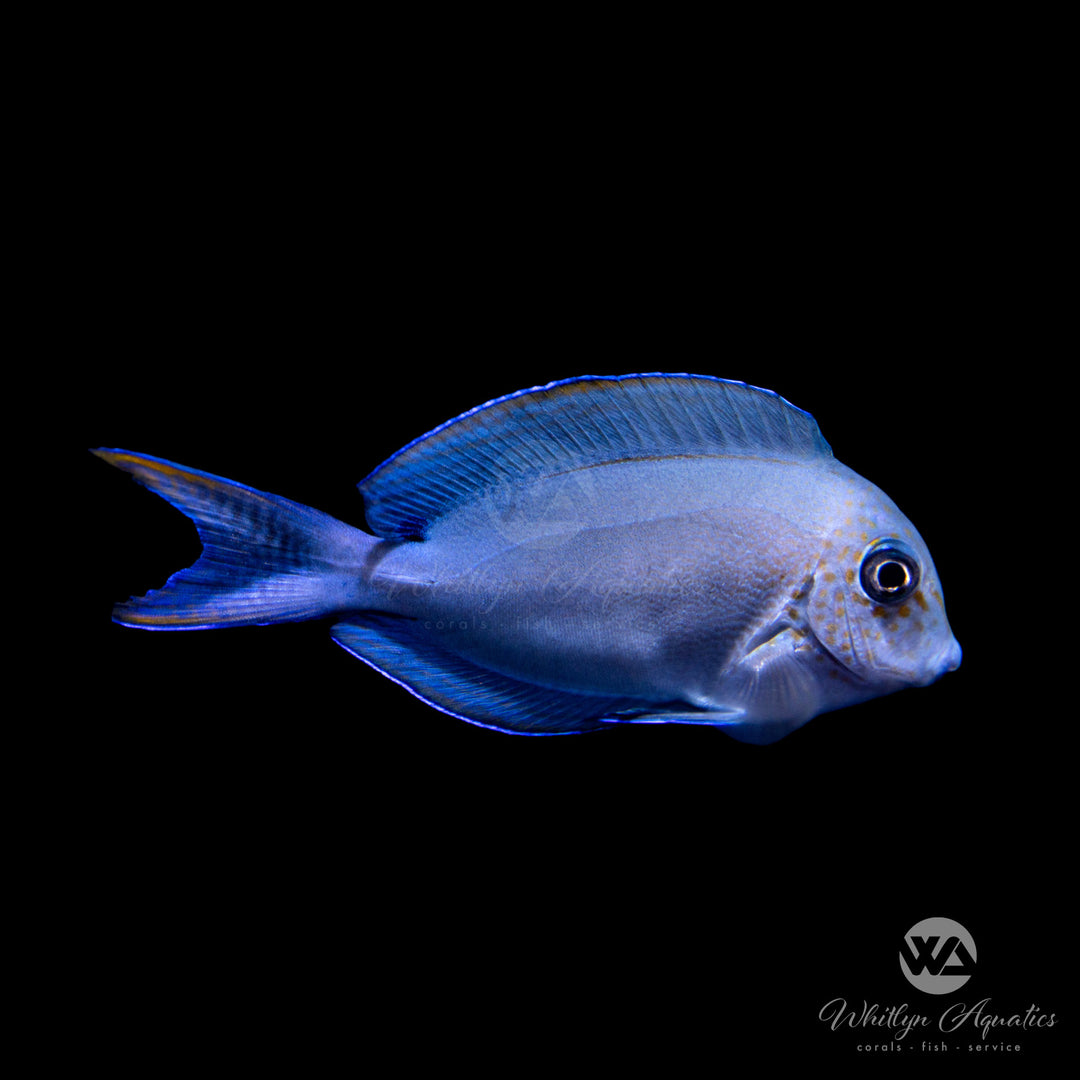
Spot Cheek Lavender Tang - Acanthurus nigrofuscus
- In stock, ready to ship
- Backordered, shipping soon
Spot Cheek Lavender Tang (Acanthurus nigrofuscus)
The Spot Cheek Lavender Tang (Acanthurus nigrofuscus), also known as the Brown Surgeonfish or Lavender Tang, is a hardy and peaceful marine fish recognized for its subtle lavender hue and characteristic dark spots near the cheeks. This species is an excellent addition to large reef aquariums, known for its algae-grazing habits, which help keep the tank clean.
Description:
• Common Name: Spot Cheek Lavender Tang, Brown Surgeonfish
• Scientific Name: Acanthurus nigrofuscus
• Family: Acanthuridae
• Size: Up to 8 inches (20 cm)
• Color: Lavender to brownish-gray body, with dark spots near the gills/cheeks and a slightly lighter underbelly. The fins are usually darker, and the caudal fin has a sharp, scalpel-like spine.
Native Region:
This tang is found in the Indo-Pacific region, primarily in coral reef environments, where it grazes on algae from rocks and coral structures.
Aquarium Setup:
• Tank Size: Minimum of 75 gallons (284 liters), larger tanks are recommended for adult specimens due to their active swimming behavior.
• Water Parameters:
• Temperature: 72-78°F (22-26°C)
• pH: 8.1-8.4
• Salinity: 1.023-1.025 specific gravity
• Substrate: Fine sand or coral gravel with plenty of live rock for grazing and hiding spots.
• Diet: Herbivorous; feeds primarily on algae. Supplement with seaweed (nori), spirulina, and algae-based foods to meet nutritional needs. Occasional vegetable matter like blanched spinach can be provided.
Care Level:
• Difficulty: Moderate
• Temperament: Generally peaceful, though it can be territorial toward other tangs or similar-shaped fish, especially in smaller tanks. However, it coexists well with other peaceful species in a community reef environment.
• Lifespan: 5-10 years in captivity with proper care
Algae Control:
The Spot Cheek Lavender Tang is an excellent algae grazer, constantly foraging for algae on rocks and tank surfaces. This behavior is beneficial for keeping the aquarium clean and reducing unwanted algae growth.
Additional Tips:
• Tank Mates: Best housed with other peaceful community fish. It can be territorial toward other tangs, especially if introduced after it has established its territory. However, aggression can be minimized by providing ample space and introducing tangs of different shapes.
• Behavior: Active and inquisitive, this tang requires plenty of swimming space and rockwork for grazing and hiding. Despite being peaceful, it can defend its territory with its sharp tail spine, used for self-defense or to assert dominance.
• Water Quality: High water quality is essential. Regular water changes and efficient filtration are necessary for maintaining a healthy environment for this tang, as it is sensitive to poor water conditions.





